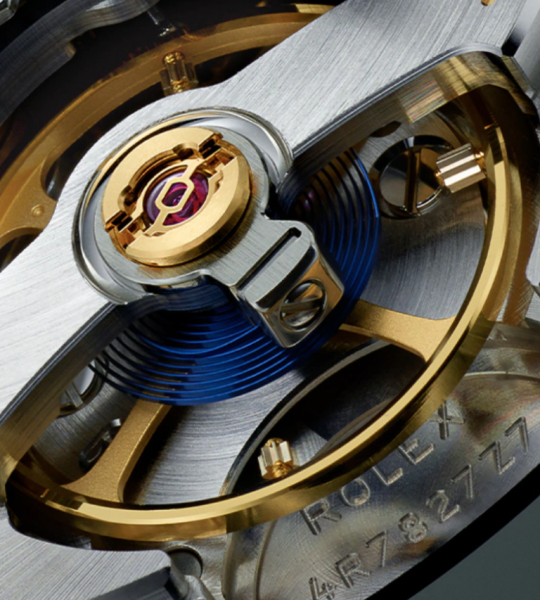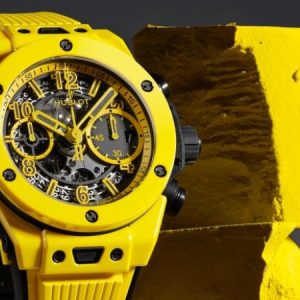Nowadays, we frequently take our timepieces’ shock protection for granted. However, shocks have long been a mechanical timekeeper’s adversary since even a light bump to the clock, such as slamming one’s arm against a table, might harm the delicate movement inside. Although many modern timepieces are durable, watchmakers occasionally assert that their models are particularly shock-resistant. How does this all affect you and your priceless (or not so priceless) timekeeper?
Discover your Perfect Luxury Timepiece and Enjoy Special Privilege only at The Time Place Boutique.
The History
With addresses dating as far back as the 1700s, when Abraham-Louis Breguet created the pare-chute shock prevention mechanism and included it in some of his costly creations, watchmakers have been combating the issue for generations.

Generally speaking, watchmakers would continue their hunt for the optimal shock protection technology until 1932, when the universally compatible Incabloc system was introduced. It took some time for manufacturers to incorporate the technology into their timepieces, which is why some watches from the 1950s still don’t have any kind of shock protection.
The Function
Over 100 small pieces, many of which move and interact with one another, make up a typical mechanical watch movement. It’s easy to see how anything being shook free would cause the entire Rube Goldberg-style device to malfunction.

More precisely, each gear has a pivot at the end of an axle, also known as an arbor, that runs through the center of it. From the mainspring barrel, which is the energy source, down to the balance, which is in charge of timekeeping control, these pivots grow increasingly smaller. The pivots on the balance are exceptionally delicate and easily breakable; timepieces without shock protection would only require a light blow to tear them off.
How It Works
The majority of watch companies lack the necessary equipment to manufacture their own shock protection mechanisms, therefore, they instead buy them from specialized vendors. Currently, Incabloc is the leading provider of shock protection systems for mechanical watches, although there are several more options available, including Nivashoc from ETA.
Regardless of the technology employed, all of them work in the same way, when the watch is shocked, a spring-loaded system absorbs it and permits the balance to swing freely. A jeweled bearing, a cap jewel that sits on top of the bearing, and a spring are the three primary components of the Incabloc system. The watch may move as a whole when it is shocked, absorbing the energy and preventing the balancing pivots from breaking.

The majority of our discussion has focused on protecting mechanical watches’ fragile regulating mechanisms, although quartz watches are by nature far more shock-resistant. They have fewer moving components, and quartz crystals, which are naturally exceedingly durable, control their timekeeping.
Shock protection is important in watches for more reasons than just the dread of knocking or dropping them in daily life. Watchmakers have long tried to design timepieces that could withstand much more abuse than the average wearer would. This not only provides many consumers with peace of mind, but it also results in watches that may be utilized in a variety of extreme situations.
If you are looking for mechanical watches that come with shock-resistant features, visit The Time Place boutique for more information.





